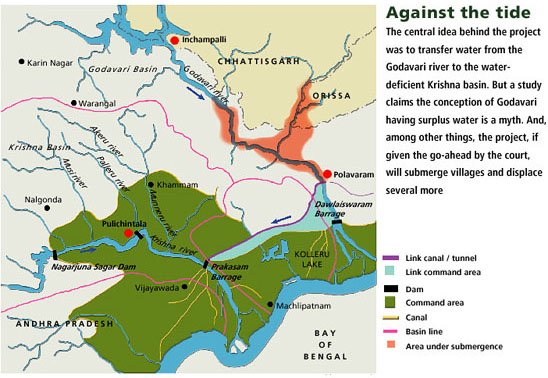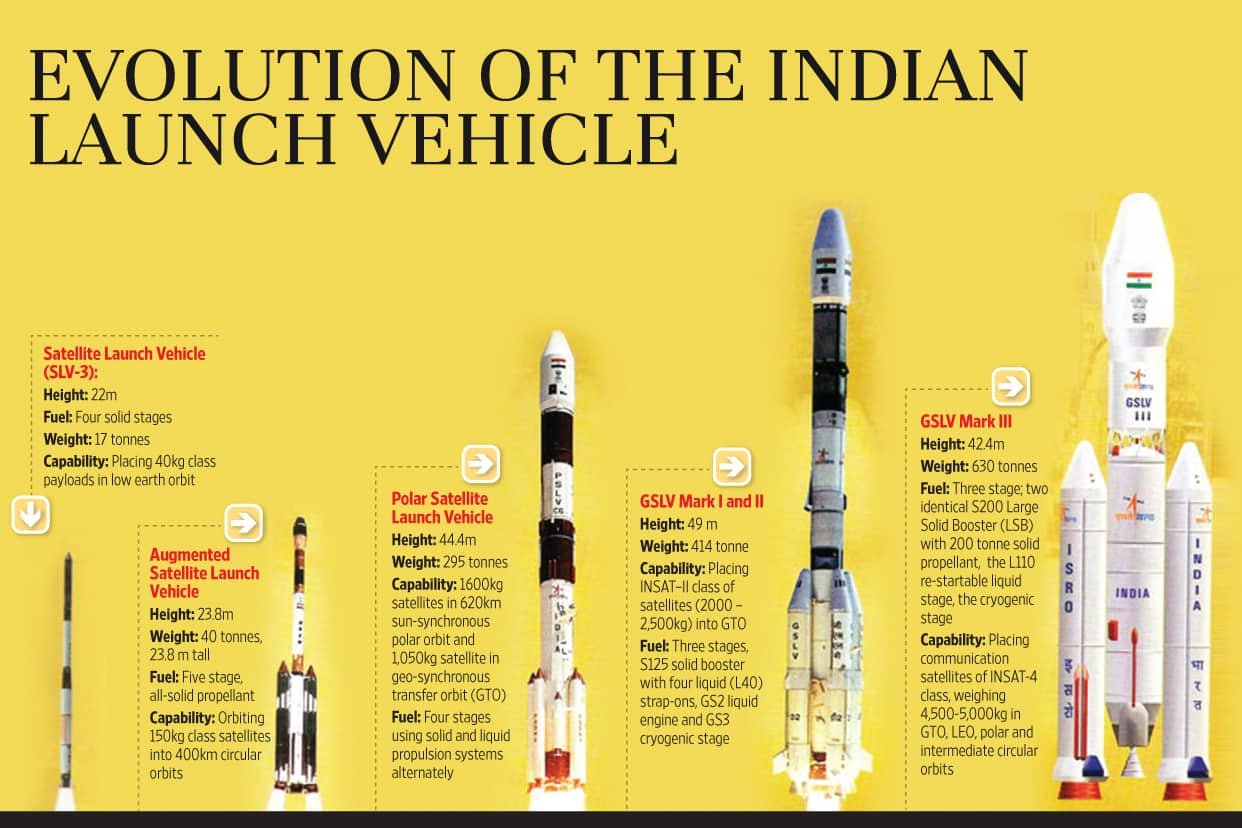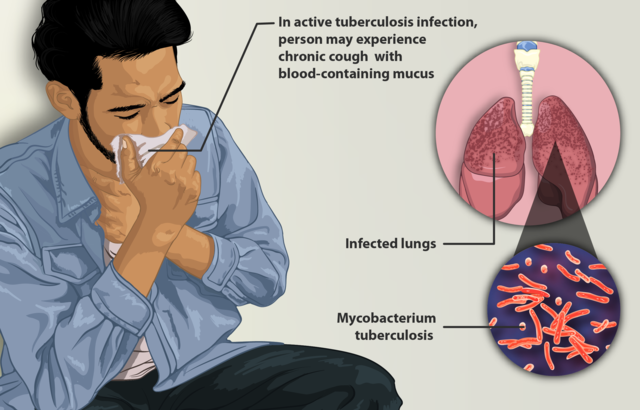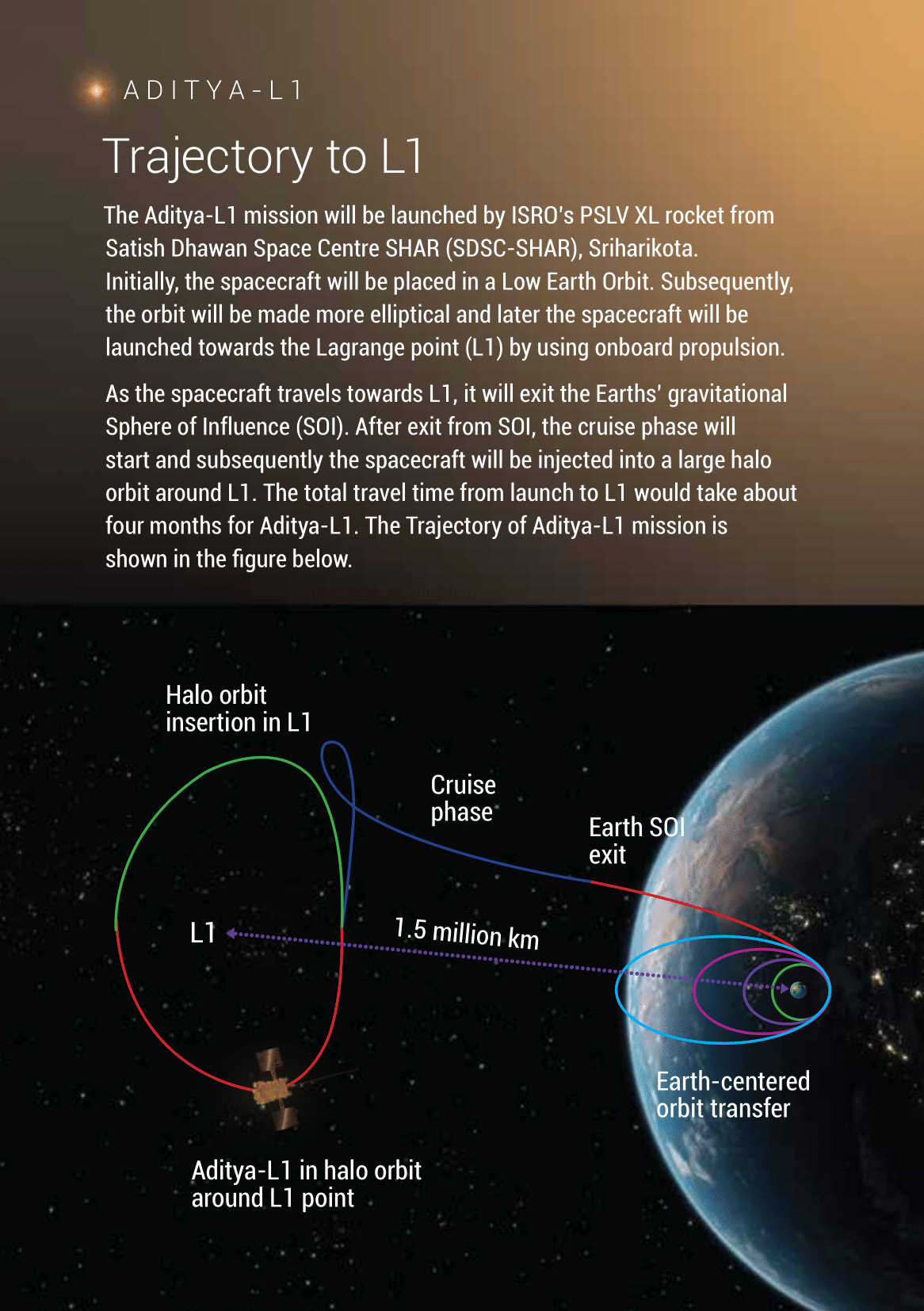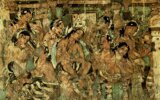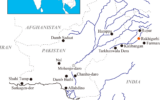
Current Affairs for UPSC Civil Services Exam – June 28, 2024
Subscribers of "Current Affairs" course can Download Daily Current Affairs in PDF/DOC
Subscribe to Never Miss an Important Update! Assured Discounts on New Products!
Must Join PMF IAS Telegram Channel & PMF IAS History Telegram Channel
{GS2 – Polity – IC – Parliament} Deputy Speaker of Lok Sabha
- Context (TH l IE): With the Opposition’s increased strength in Lok Sabha, its members are hoping to get the post of Deputy Speaker.
Constitutional Provision
- The Deputy Speaker serves as the Second-in-Command Presiding Officer of the Lok Sabha.
- Article 93 of the IC says that the House of the People (Lok Sabha) shall choose two members of the House to be, respectively, Speaker and Deputy Speaker.
- The Deputy Speaker is not subordinate to the Speaker. He is directly responsible to the House.
- He is entitled to a regular salary and allowance fixed by Parliament and charged on the Consolidated Fund of India.
- Article 178 of the IC contains the corresponding provision for the Speakers and Deputy Speakers in the State Assemblies.
Historical Background
- The institutions of President (Speaker) and Deputy President (Deputy Speaker) originated in India in 1921, under the provisions of the Government of India Act of 1919.
- Before 1921, the Governor-General of India used to preside over the meetings of the Central Legislative Council.
- Frederick Whyte and Sachidanand Sinha were the first Speaker and the first Deputy Speaker, respectively.
- In 1925, Vithalbhai J. Patel became the first Indian and the first elected Speaker of the central legislative assembly.
- The Government of India Act of 1935 changed the nomenclatures of the President and Deputy President of the Central Legislative Assembly to the Speaker and Deputy Speaker, respectively. However, the old nomenclature continued till 1947, as the federal part of the 1935 Act was not implemented.
- G.V. Mavlankar and Ananthasayanam Ayyangar became the first Speaker and the first Deputy Speaker (respectively) of the Lok Sabha.
- G.V. Mavlankar held the post of Speaker of Lok Sabha continuously for one decade from 1946 to 1956.
Has a Deputy Speaker ever filled in for the Speaker?
- In 1956, the first Speaker G V Mavalankar died before his term ended, leading to Deputy Speaker M Ananthasayanam Ayyangar filling in for the remaining year from 1956 to 1957 in the Lok Sabha.
- In 2002, Speaker of the 13th Lok Sabha G M C Balayogi died leaving Deputy Speaker P M Sayeed presiding over the House until Manohar Joshi was elected the Speaker.
Election of Deputy Speaker
- In the Lok Sabha, the election of Deputy Speaker is governed by Rule 8 of the Rules of Procedure and Conduct of Business in Lok Sabha.
- The Lok Sabha elects the deputy speaker from among its members by a simple majority of members present and voting.
- The election of the Deputy Speaker usually takes place in the second session, even though there is no bar on having this election in the first session of the new Lok Sabha or Assembly.
- He is elected after the election of the Speaker has taken place.
- The date of election of the Deputy Speaker is fixed by the Speaker.
Oath and affirmation of Deputy Speaker
- He/she takes no separate oath while assuming his/her office.
Tenure of Deputy Speaker
- Like the Speaker, the Deputy Speaker remains in office usually during the life of the Lok Sabha (5 years).
- He may vacate his office earlier in any of the following three cases:
- When a resolution for the removal of the Deputy Speaker is under consideration of the House, he cannot preside at the sitting of the House, though he may be present.
Powers of Deputy Speaker
- The Deputy Speaker has the same general powers as the Speaker when he/she presides over the House.
- S/He performs the duties of the Speaker when he/she is absent or the post is vacant. In both cases, he assumes all the powers of the Speaker.
- S/He presides over the joint sitting of both the Houses of Parliament in case the Speaker is absent from such a sitting.
- While presiding over the House, s/he cannot vote in the first instance. He can only exercise a casting vote in the case of a tie.
- When the Speaker presides over the House, the Deputy Speaker is like any other ordinary member of the House.
- He can speak in the House, participate in its proceedings, and vote on any question before the House.
- He automatically becomes the chairperson of the parliamentary committees in which he is a member.
{GS2 – Polity – IC – Parliament} Lok Sabha’s Leader of Opposition (LoP) **
- Context (IE): The Leader of Opposition (LoP) is in place in the 18th Lok Sabha following a ten-year vacancy due to no party meeting the required one-tenth strength of the House.
About the Leader of Opposition of Lok Sabha
- The LoP in Lok Sabha has a deep historical foundation in Indian politics, originating from the former Central Legislative Assembly during British rule.
- The position of Leader of Opposition was officially described in The Salary and Allowances of Leaders of Opposition in Parliament Act, 1977.
- The Act defines the LoP as a member of either the Council of States or the House of the People who leads the party with the greatest numerical strength, as recognized by the Chairman or Speaker.
- Conventionally, a party must have at least 10% of the MPs in the House to qualify for the post of LoP.
- They are entitled to receive the salary and allowances specified in the Salary, Allowances, and Pension of Members of Parliament Act 1954.
- In order of Precedence, the LoP in both the Lok Sabha and Rajya Sabha ranks at No. 7, alongside Union Cabinet Ministers.
- The LoP sits in the front row to the left of the Chair and has specific ceremonial privileges, such as escorting the Speaker-elect to the rostrum.
- Additionally, the LoP is entitled to a front-row seat during the President’s Address to both Houses of Parliament.
Duties of Leader of Opposition
- Voice of Opposition: Serves as the primary representative of the opposition in the House.
- Shadow Prime Minister: Acts as a shadow Prime Minister with a shadow Cabinet, ready to take over if the government falls.
- Mutual Forbearance: Operates within a system that allows for disagreement while enabling the Prime Minister to govern.
- Facilitating House Business: Plays a key role in ensuring the smooth functioning of parliamentary business.
- Represents the opposition in committees headed by the Prime Minister for key appointments:
- Director of CBI
- Central Vigilance Commissioner and Chief Information Commissioner
- Chairperson and Members of the National Human Rights Commission
- Lokpal
- Participates in critical committees such as:
- Public Accounts Committee
- Public Undertakings Committee
- Estimates Committee
- Joint Parliamentary Committees
{GS3 – Envi – Pollution} Environmental impact of Coal **
- Context (TH): India’s coal use overtook North America and Europe.
The impact of Coal on the Environment

Source: Greenpeace
Coal mining
- Coal mining leads to habitat destruction and environmental contamination, impacting humans, animals, and plants alike and can result in permanent scars on the landscape.
- Mine wastes: Mining generates enormous quantities of waste that contain heavy metals that can leach into local water sources like rivers, streams, and groundwater.
- Acid mine drainage (AMD): It occurs when exposed coal reacts with water to form sulfuric acid, which dissolves toxic metals and contaminates water, harming aquatic life and making it unsuitable for use.
- In New Zealand, up to 125km of waterways on the West Coast of the South Island are contaminated by historic and current coal mines.
- Health and safety in the mines: Mining poses significant health and safety risks, including respiratory diseases like emphysema and black lung disease, exposure to toxic gases, noise-induced hearing loss, and heat-related illnesses.

Health effects of coal-fired power plant pollutants
Source: Greenpeace
Coal fired Power Generation
- Coal-fired power plants release over 60 different hazardous air pollutants through four primary pathways:
- Fly ash expelled from smokestacks,
- Bottom ash remaining after coal combustion,
- Waste gases from scrubber units designed to remove certain pollutants, and
- Gases emitted directly into the atmosphere.
Transportation
- Transportation methods such as trucks, railroads, and barges used for coal transport impact both air and water quality.
Coal Usage in India
- In 2023, India consumed more coal than North America and Europe combined, according to the Energy Institute and KPMG’s report titled ‘2024 Statistical Review of World Energy’.
- Coal comprises 55% of the country’s energy requirements. It is used extensively in power generation and industrial processes.
- The top five states in India with the highest total coal reserves are: Jharkhand, Odisha, Chhattisgarh, West Bengal, and Madhya Pradesh.
India’s commitments with respect to Renewable Energy
- India is a signatory to the Paris Agreement and has committed to reducing its carbon intensity and increasing the share of non-fossil fuel-based electricity to 40% by 2030.
- India has set ambitious targets for renewable energy deployment, including the pledge taken at COP26 to achieve 500GW of renewable energy by 2050.
- India co-founded the International Solar Alliance to promote solar energy deployment globally, especially in sun-rich countries.
- India has launched initiatives to promote green hydrogen production and adoption as part of its clean energy strategy.
- India’s National Action Plan on Climate Change includes various measures and strategies to promote renewable energy, energy efficiency, and sustainable development.
To know more about coal reserves in India, refer > Distribution of Coal in India: Gondwana Coalfields & Tertiary Coalfields.
{Prelims – Envi – Species} Indian Painted Frog (Uperodon taprobanicus)
- Context (TOI): A rare Indian Painted Frog was spotted at Kawal Tiger Reserve in Telangana.
- It was previously sighted in 2016 in Telangana.
About Indian Painted Frog
- Also known as the Sri Lankan painted frog, or painted globular frog, it is a small, unique amphibian that is part of the Microhylidae family.
- Distribution: Nepal, Bangladesh, southern and eastern India, and Sri Lanka up to an altitude of about 1300 metres.
- Physical description: It is characterized by its smooth, rounded body and distinctive colouration, which often includes shades of brown and patches of brighter colours such as orange or yellow.
- Habitat: Dry forests, coconut and rubber plantations, wetlands, rice fields and disturbed areas close to dwellings.
- It spends its day buried in the leaf litter, in loose soil or under fallen logs, but can also climb into the branches of trees. These frogs are primarily nocturnal, making daytime sightings rare.
- Conservation Status: IUCN: Least Concern
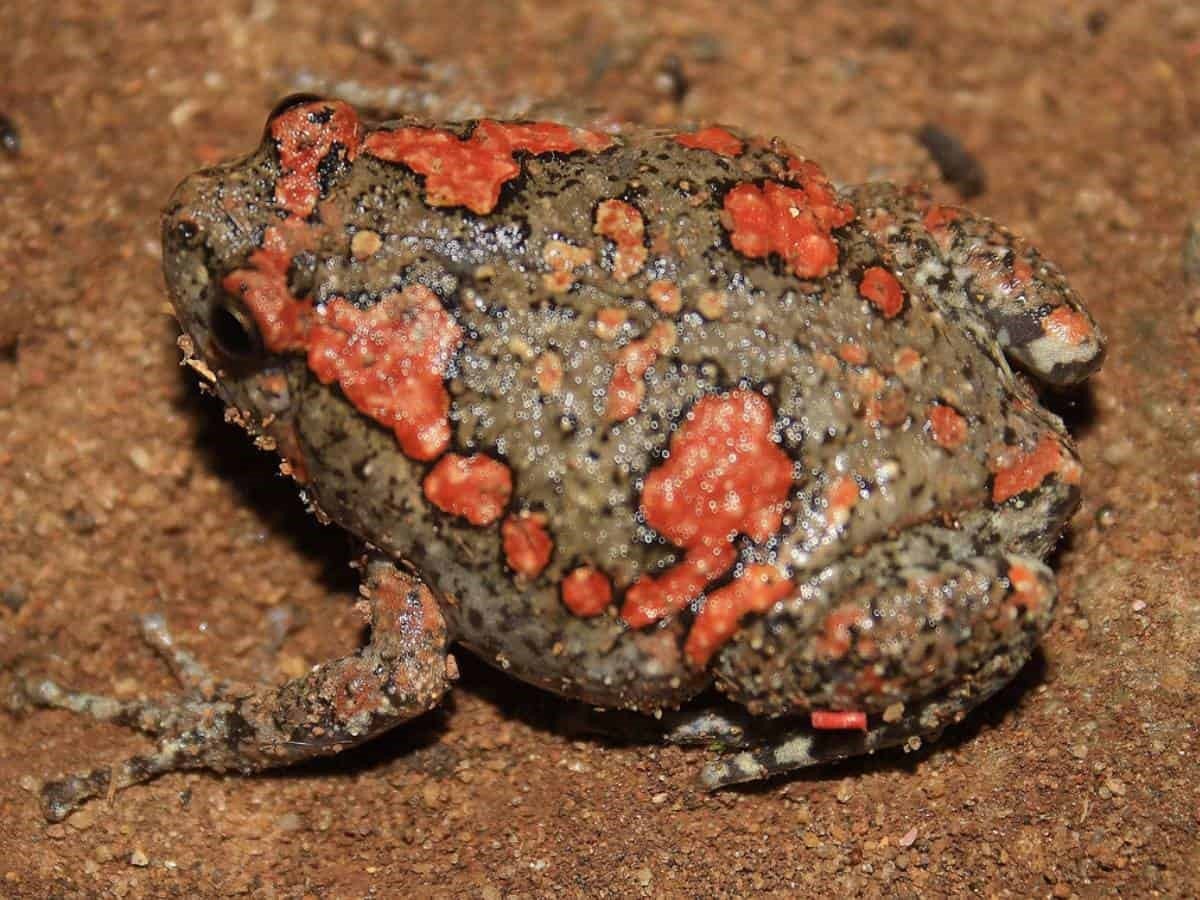

Source: The Siasat Daily
{Prelims – In News} Central Electronics Limited
- Context (PIB): The Central Government announced the grant of ‘Mini RATNA‘ (Category-1) status to Central Electronics Limited (CEL).
- Central Electronics Limited (CEL) is a Government of India enterprise under the Department of Scientific and Industrial Research (DSIR), Ministry of Science & Technology.
- It was established in 1974 to commercially exploit indigenous technologies developed by National Laboratories and R&D institutions in the country.
- CEL is the pioneer in the country in the field of Solar Photovoltaic (SPV).
To know more, refer > Miniratna.
{Prelims – In News} India’s largest Leopard Safari
- Context (TH): South India’s first and the country’s largest leopard safari was inaugurated at the Bannerghatta Biological Park (BBP) in Karnataka.
- The leopard safari area is made up of undulating terrain with natural rocky outcrops and semi-deciduous forest.
- Bannerghatta is home to a good population of free ranging leopards (Panthera pardus).
About Bannerghatta Biological Park
- It is located near Bangalore city in Karnataka.
- It was carved out of the Bannerghatta National Park in 2004.
- It has four divisions: the zoo, the safari, the butterfly park and the rescue center.
- The valley of Champakadhama hills lies inside the park.

{Prelims – PIN World – NA} Pacific Island of Saipan
- Context (NDTV): Julian Assange is flying to the remote Pacific Island of Saipan.
About Saipan
..

Credits: World Atlas
- Saipan is the capital of the Northern Mariana Islands (NMI). Like territories such as Guam or Puerto Rico, the Northern Mariana Islands are part of the US without the full status of a state.
- It is located in the western Pacific Ocean, approximately 120 miles (190 km) north of Guam and 5,800 miles (9,300 km) southwest of Hawaii.
- It was a colony of Spain, Germany and then Japan. The United States took control of the island in World War Two.
- Highest point: Mount Tapochau
- Lake Susupe is the only lake in Saipan. It is a freshwater lake that serves as a habitat for various bird species.
- Saipan has significant historical importance due to its role in World War II. It was a key battleground between U.S. and Japanese forces in the Battle of Saipan in 1944.
{Prelims – PIN World – Oceania} Lizard Island
- Context (DTE): A severe bleaching event has devastated 97% of the coral at Australia’s Lizard Island within three months, driven by extreme heat stress.
- Lizard Island, also called Jiigurru or Dyiigurra, is part of the Great Barrier Reef in Queensland, Australia.
- The traditional owners of the island are the Dingaal (or Dingiil, also known as Walmbarddha or Walmbaria) people, an Aboriginal Australian clan.

Credits: vacationstogo
Great Barrier Reef
- It is located in the Pacific Ocean, off the northeastern coast of Queensland, Australia, within the Coral Sea.
- It holds the distinction of being the longest and largest coral reef system in the world.
- It stretches in a northwest-southeast direction for over 2,000 km.
- It was recognised as a UNESCO World Heritage Site in 1981.
To know more, refer > Coral Reef Beaching and Ideal Conditions for Coral Growth.
{Prelims – S&T – Defence} Microwave Obscurant Chaff Rocket
- Context (PIB): The Defence Research and Development Organisation (DRDO) handed over the Medium Range-Microwave Obscurant Chaff Rocket (MR-MOCR) to the Indian Navy.
Microwave Obscurant Chaff (MOC) technology
- It is developed by DRDO’s Defence Laboratory, Jodhpur.
- This technology involves the use of special fibers, just a few microns in diameter, with unique microwave obscuration properties.
- The rocket, when fired, forms a microwave obscurant cloud in space spreading over a sufficient area, with adequate persistence time, creating an effective shield against hostile threats equipped with Radio Frequency seekers.
Learn more about > Revamping DRDO | K Vijay Raghavan Committee
{Prelims – Sci – Bio – Diseases} Stroke
- Context (DTE): Recent studies have identified loneliness as a potential risk factor for stroke.
- Stroke, also known as a “brain attack“, is a life-threatening medical condition where the blood supply to the brain is interrupted, depriving the brain of oxygen and nutrients.
- This can lead to permanent damage or death of brain cells, resulting in various symptoms depending on which part of the brain is affected.
- Strokes can be classified into 2 types:
- Ischemic: Caused by a blood clot that blocks blood flow to the brain. Over 90% of strokes are ischemic.
- Hemorrhagic: Caused by a ruptured blood vessel that bleeds into the brain.
- Symptoms: Numbness, confusion, severe headache, trouble seeing from one or both eyes, dizziness, etc.
- It is the second most significant cause of death globally due to the increased mortality rate (by WHO).







![PMF IAS Environment for UPSC 2022-23 [paperback] PMF IAS [Nov 30, 2021]…](http://pmfias.b-cdn.net/wp-content/uploads/2024/04/pmfiasenvironmentforupsc2022-23paperbackpmfiasnov302021.jpg)



